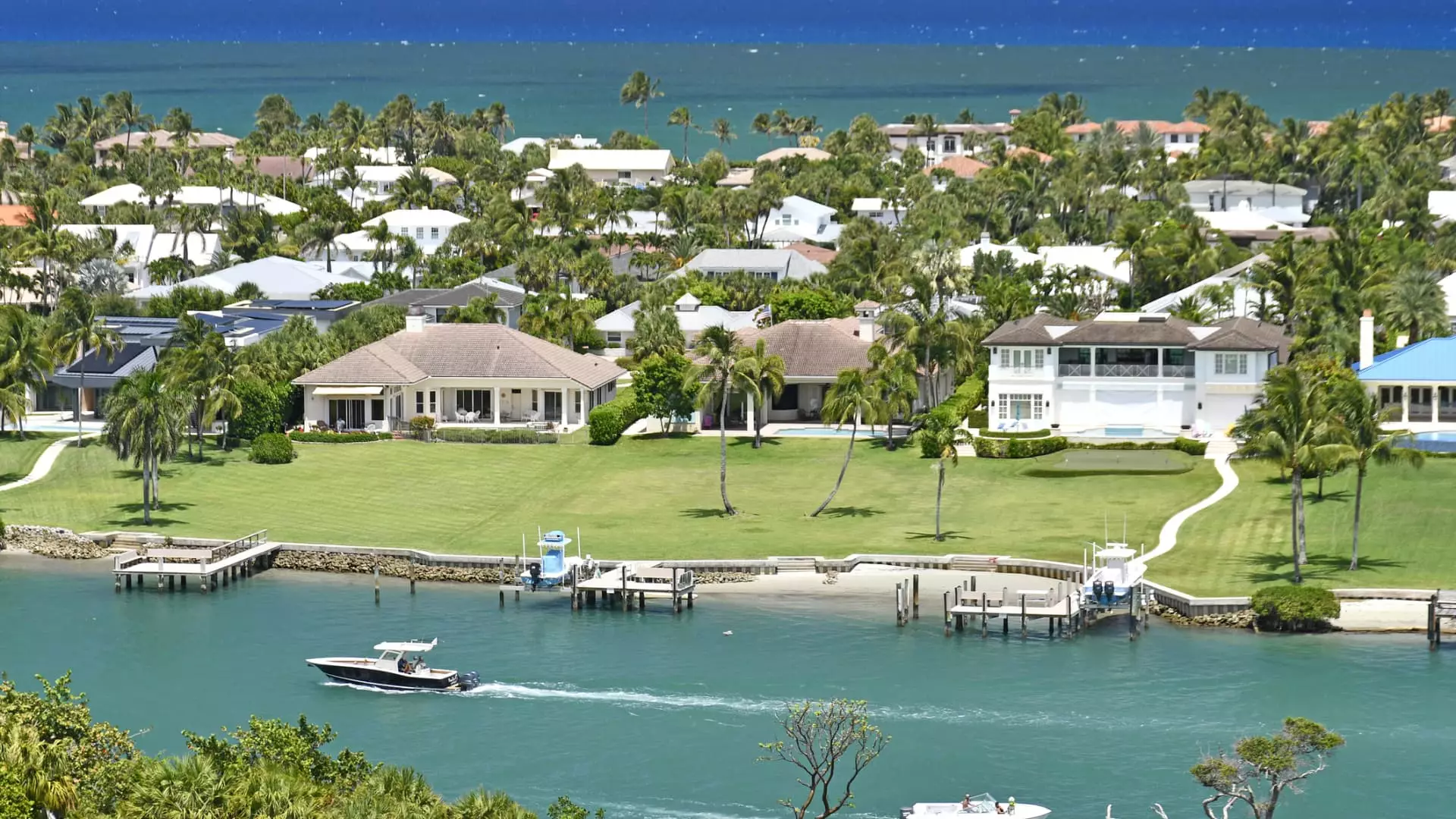The luxury real estate market in 2025 is witnessing a fascinating, if troubling, bifurcation. At its core, this divide stems from economic uncertainty—the kind that usually chills spending but seems to have created two very different buyer personas within the ultra-luxury sphere. On one end are the ultra-wealthy, those with fortunes exceeding $30 million, who remain impervious to fears of recession or trade turmoil. On the other end are the moderately affluent, who hover below that elite threshold and now approach the market with far more caution. This split is not just about wealth scales but about how broader economic pressures shape behavior among the rich, pointing toward an increasingly polarized market that reveals vulnerabilities beneath the glittering surface of luxury lifestyles.
Ultra-Wealthy Buyers: Cash is King
Dominating headlines is the striking increase in all-cash purchases, led predominantly by the ultra-wealthy. The appeal of cash in a world of historically high interest rates cannot be overstated. These buyers wield their liquidity as a weapon, bypassing expensive borrowing costs that have surged with tightening monetary policy. Their ability to pay cash confers speed, leverage, and security in transactions that others can only envy. It suggests a confidence not merely born from wealth but from a keen understanding of economics: why pay more for debt when your capital can close deals instantly?
Yet, this dynamic exposes an uncomfortable truth about wealth inequality. While the ultra-rich can act with conviction and autonomy, those with less liquid assets—yet still affluent—find themselves hemmed in by interest rates and market volatility. The very conditions that empower the ultra-wealthy create barriers for others who might once have entered the luxury market with bold ambitions but now hesitate at the brink.
Caution and Concession: The Middle Class of Luxury Buyers
For buyers who don’t sit comfortably in the stratosphere of multi-million-dollar net worth, the market feels less like a playground and more like a minefield. These buyers are increasingly erring on the side of caution, measured by their sensitivity to interest rate fluctuations. This cautious stance is not just prudent; it’s necessary. Elevated borrowing costs erode purchasing power, forcing many to reduce list prices or place plans on hold. The high-dollar amenities once a given in luxury homes—state-of-the-art smart appliances, spa features, indoor-outdoor living extravagance—are now bargaining chips rather than given standards.
This trend signals a shift in the very definition of luxury, one that could have broader implications on local economies and real estate development. If luxury buyers grow pickier and sellers respond with price reductions, the market loses some of its volatility—and, arguably, some of its glamour. But it’s a market reality that challenges the myth of the endlessly buoyant luxury sector.
Real Estate as a Refuge Amid Financial Volatility
Interestingly, many affluent individuals are demonstrating a robust appetite for real estate despite—or because of—stock market unease. The perception of real estate as a “hard asset” and an inflation hedge remains strong. This isn’t mere romanticism; it’s financial pragmatism. Amid erratic equity markets, tangible assets like property offer a sense of permanence and control. However, this perceived hedging power often favors the ultra-rich who have access to prime real estate options that may outperform in volatile environments, while less wealthy buyers risk being sidelined.
But real estate’s role as a wealth-preserving haven shouldn’t blind us to its inherent fragility. Demand fluctuations, pricing pressures, and the need for top-tier amenities show that real estate is not immune to systemic economic shifts. The dip in luxury sales following stock market turbulence in April highlights how interconnected—and ultimately dependent—the market is on broader financial sentiment.
Implications Beyond the Market Bubble
This evolving landscape in luxury real estate reflects wider societal tensions over wealth distribution and market access. It’s a sector where economic policies on interest rates, taxation, and trade ripple through multiple layers of affluence differently. The ultra-wealthy’s ability to capitalize on cash-heavy transactions accentuates disparities not only between the rich and the ultra-rich but also within communities that host these luxury properties.
Moreover, the heightened discernment from all buyers suggests that luxury real estate will become increasingly commodified, driven by exacting consumer expectations and competitive market forces. This could lead to innovation in how luxury is defined, moving away from opulence alone toward a fusion of technology, sustainability, and personalized wellness. If handled responsibly, such evolution could democratize aspects of luxury living; if not, it may further alienate the “merely wealthy,” deepening the schism.
Ultimately, the glimmers of the luxury market’s resilience mask underlying fractures—between cash and credit, affluent and ultra-affluent, buyer and seller—that demand attention from investors, policymakers, and citizens alike. Ignoring these dynamics risks ignoring the broader economic inequalities entwined in the very fabric of luxury real estate’s future.

